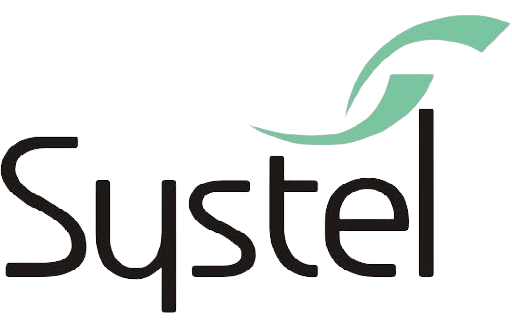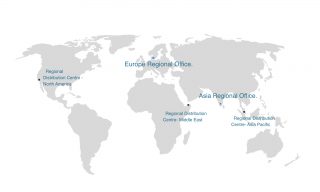Smart Monitoring Solutions for Compressed Air Systems
Reduce costs with improved system performance.
Benefits :
• EVALUATE THE PERFORMANCE OF YOUR COMPRESSED AIR SYSTEM IN THE RIGHT WAY BY USING APPLICATION SPECIFIC KEY PERFORMANCE INDICATORS
• SAVE UP TO 30% OF ENERGY BY:
– MONITORING THE SYSTEM PERFORMANCE
– BALANCING THE COMPRESSED AIR SYSTEM
– DETECTING LEAKAGES EARLY
– DOING MAINTENANCE AT THE RIGHT TIME
• QUANTIFY AND REUSE WASTE HEAT
Compressed air systems are complex systems and often “grow over time”. With constant system monitoring using meaningful KPIs, operators, supervisors and management are kept informed and constructive energy management is possible. As up to 85% of total costs of a compressed air system are energy costs, investment in measurement and system equipment pays off.
The Challenge Improving compressed air system performance requires a systematic approach analyzing both the supply and demand sides of the system. This is the prerequisite for any kind of cost reduction using energy management.
The Solution Define the right KPIs which help you to evaluate: 1. Compressor efficiency, 2. System balancing and leakage, 3. Specific energy consumption
This is the precondition for energy management and cost reduction.
1. Compressor Efficiency
The key to evaluate the compressor performance is the specific power or air consumption (kWh/Nm³). It is the basis to:
• Benchmark compressors and optimize their use,
• Optimize the control system and load profile,
• Assess the system and performance improvements.
Apart from efficiency calculation the compressors power consumption indicates load/idling times which have a significant influence on energy costs. Another parameter of greatest importance for the compressor and system performance is the pressure.
Note: By reducing pressure by only one bar energy savings of 10% can be obtained.
Pressure values measured at different points across a compressed air system are used to:
• Detect filter blockage and exchange filter at an ideal point of time (avoiding pressure/ energy losses).
• Supervise compressor, dryer after-cooler, etc. and activate alarm when service is required.
• Analyze system design with respect to efficiency (actual or after adjustment/extension).
• Indicate system disruptions and general system conditions.
2. System Balancing and Leakage
Typical plants have a leakage rate of 20-30% of the total compressed air production capacity. In well maintained systems this loss can be reduced to less than 10%. By using flow measurement at different points in the air systems balancing can be used to calculate leakage loss “in time” and thus:
• Detect and repair disruptions or leakages.
• Avoid operation loss (pressure drop makes air tools function less efficiently, adversely affecting production).
• Avoid longer compressor runtime and thus prolong lifetime (for almost all system equipment).
• Reduce maintenance and increased unscheduled downtime.
• Avoid adding unnecessary compressor capacity.
3. Air Consumption
The allocation of energy usage to specific areas and processes is one of the key factors for energy management systems and precondition for transparent bookkeeping. The exact measurement of air consumption per unit of product is also helpful to optimize production processes.
Waste Heat Recovery
Typically, 90% of energy used for the production of compressed air gets lost in the form of waste heat. A large amount of this energy can be recovered for space heating, water heating, etc. By measuring delta heat the heat recovery rate can be quantified and verified that the respective process and equipment is working correctly.
Smart Monitoring Systems are used for energy and data are collects, stores and displays all the required data necessary for the monitoring of a compressed air system. Auto and Manual Detail Analysis and Alarms for Unexpected Trips and Energy Consumption. System is based on Pre-Defined KPI- Key Performance Indicators and Trend – Lines. The Software itself will Send Relevant Person Reports via E- Mail.
System performance and trends :
• Compressor efficiency
• Leakage loss
• Filter supervising with maintenance alarm
• Specific air consumption
• Waste heat recovery rate
• Cost and efficiency for air drying
Regional Office
# 12 Sri Venkatalakshmi Nagar
Singanallur, Coimbatore – 641005
India


